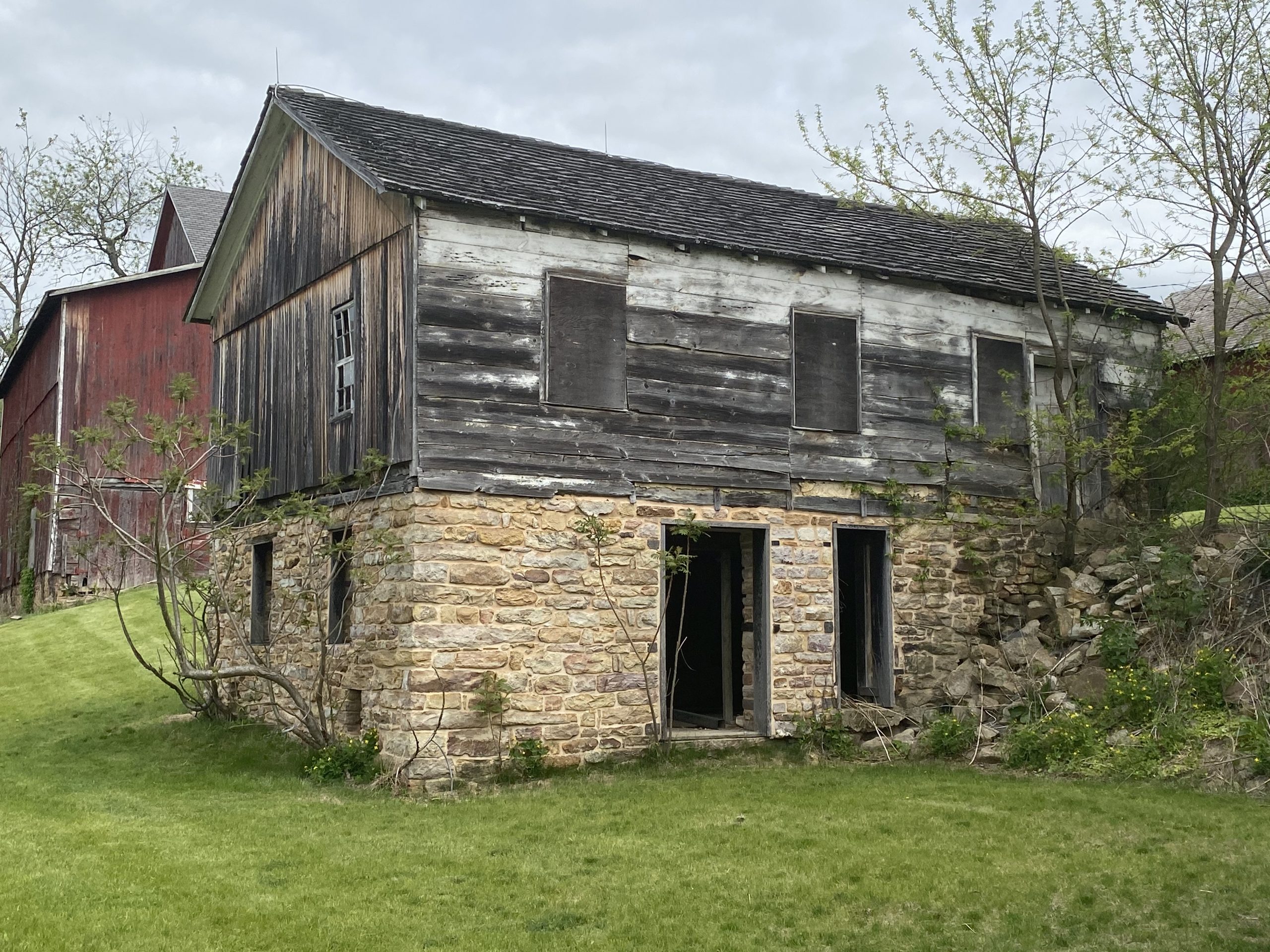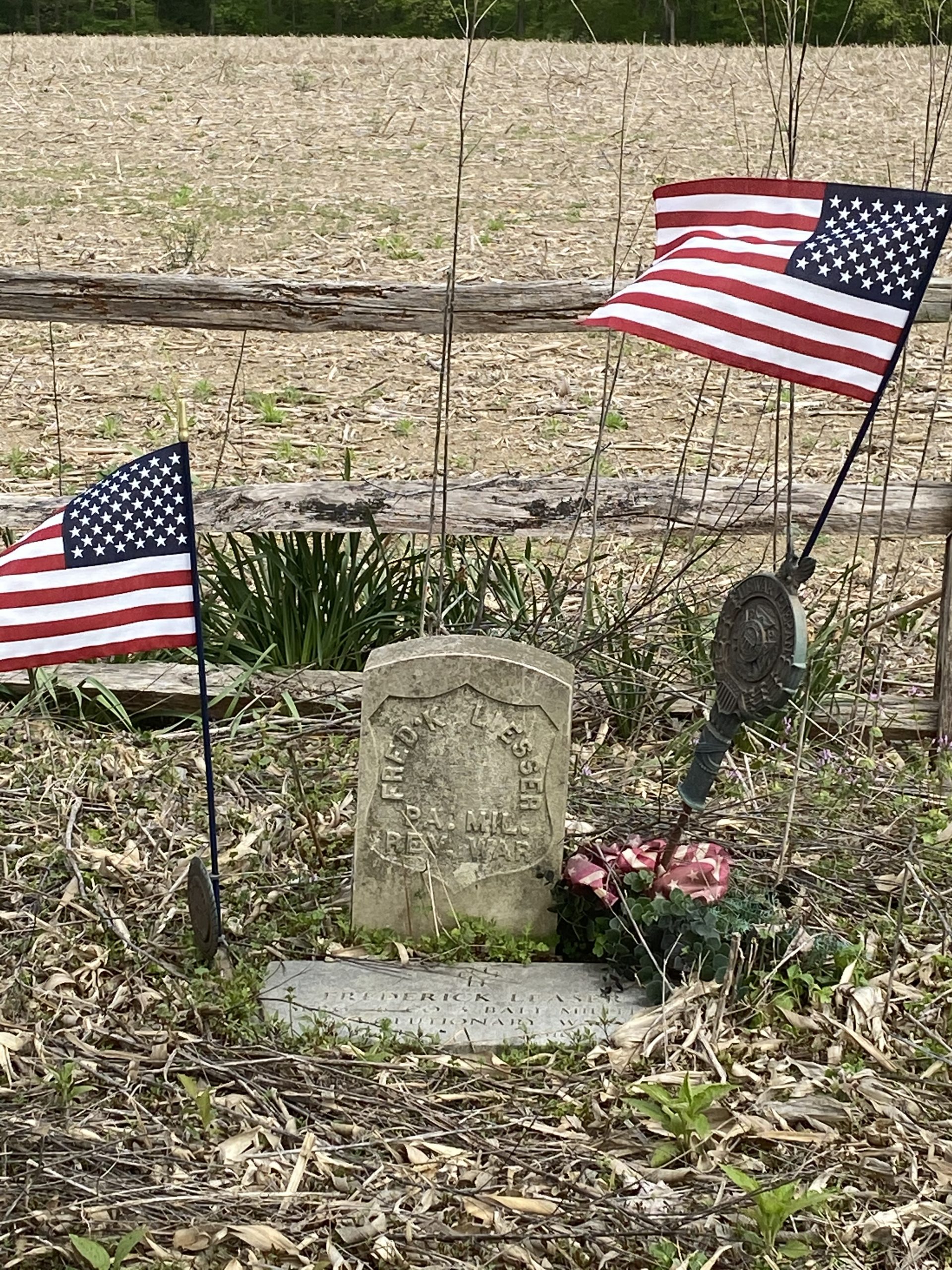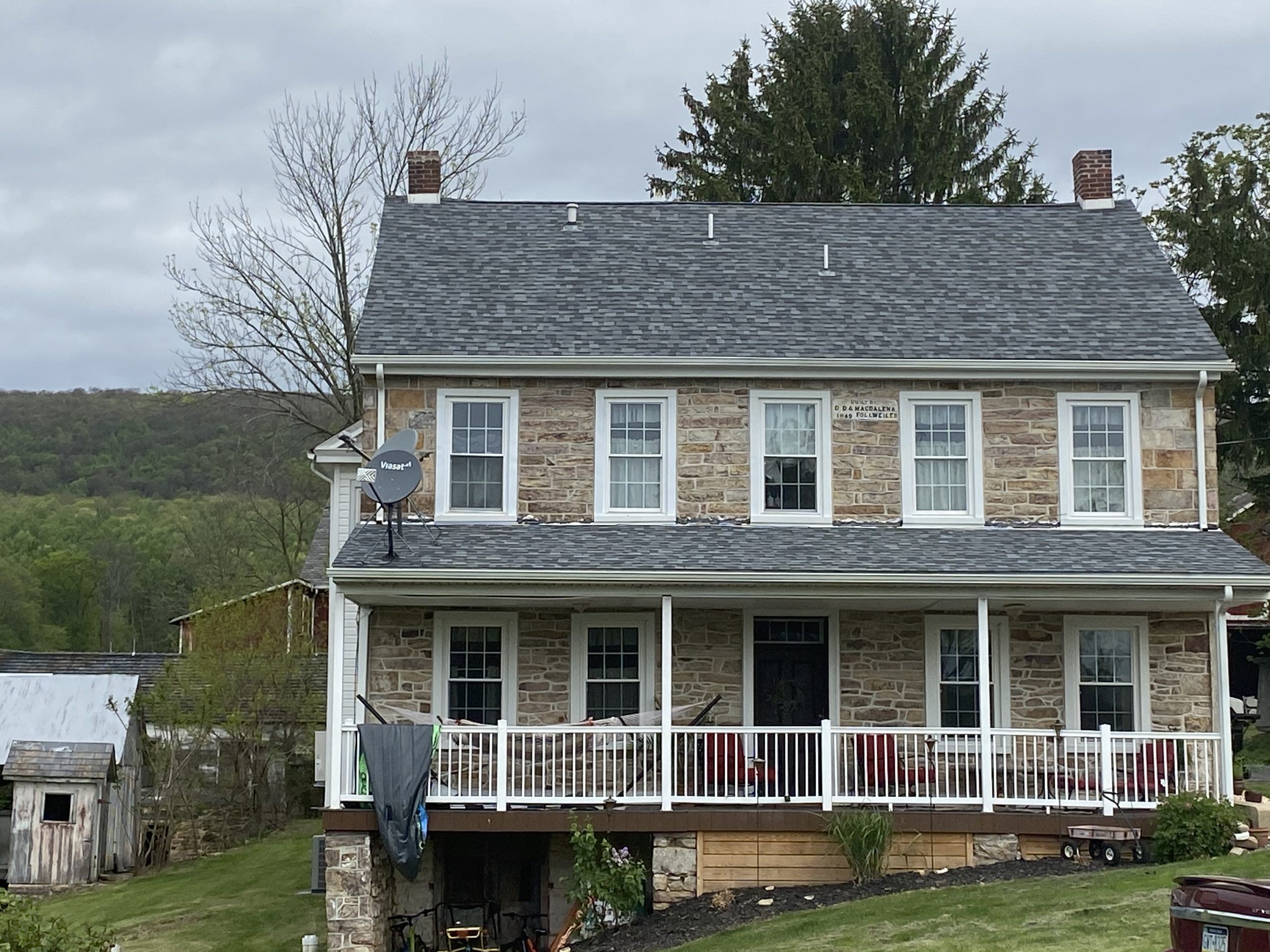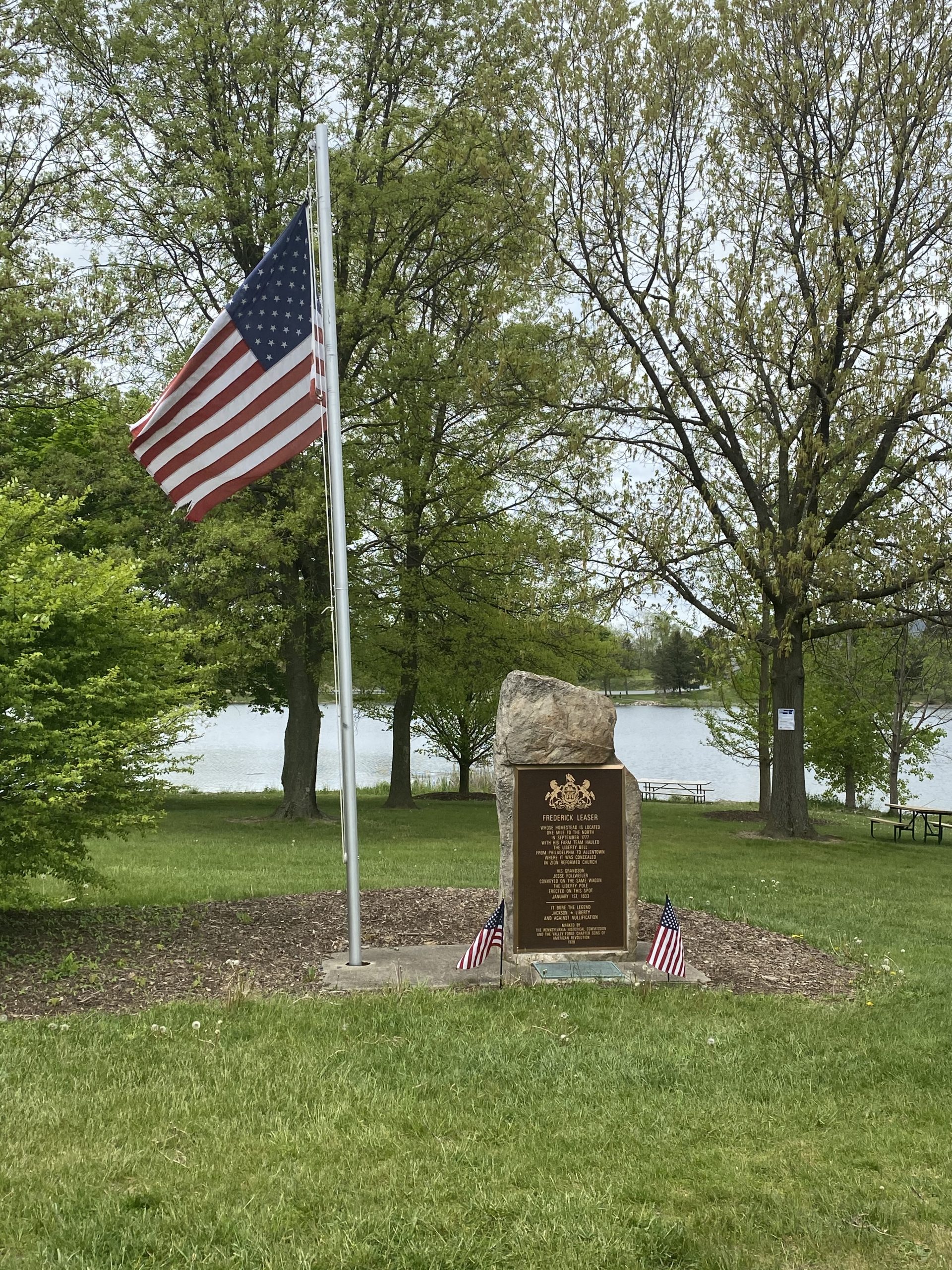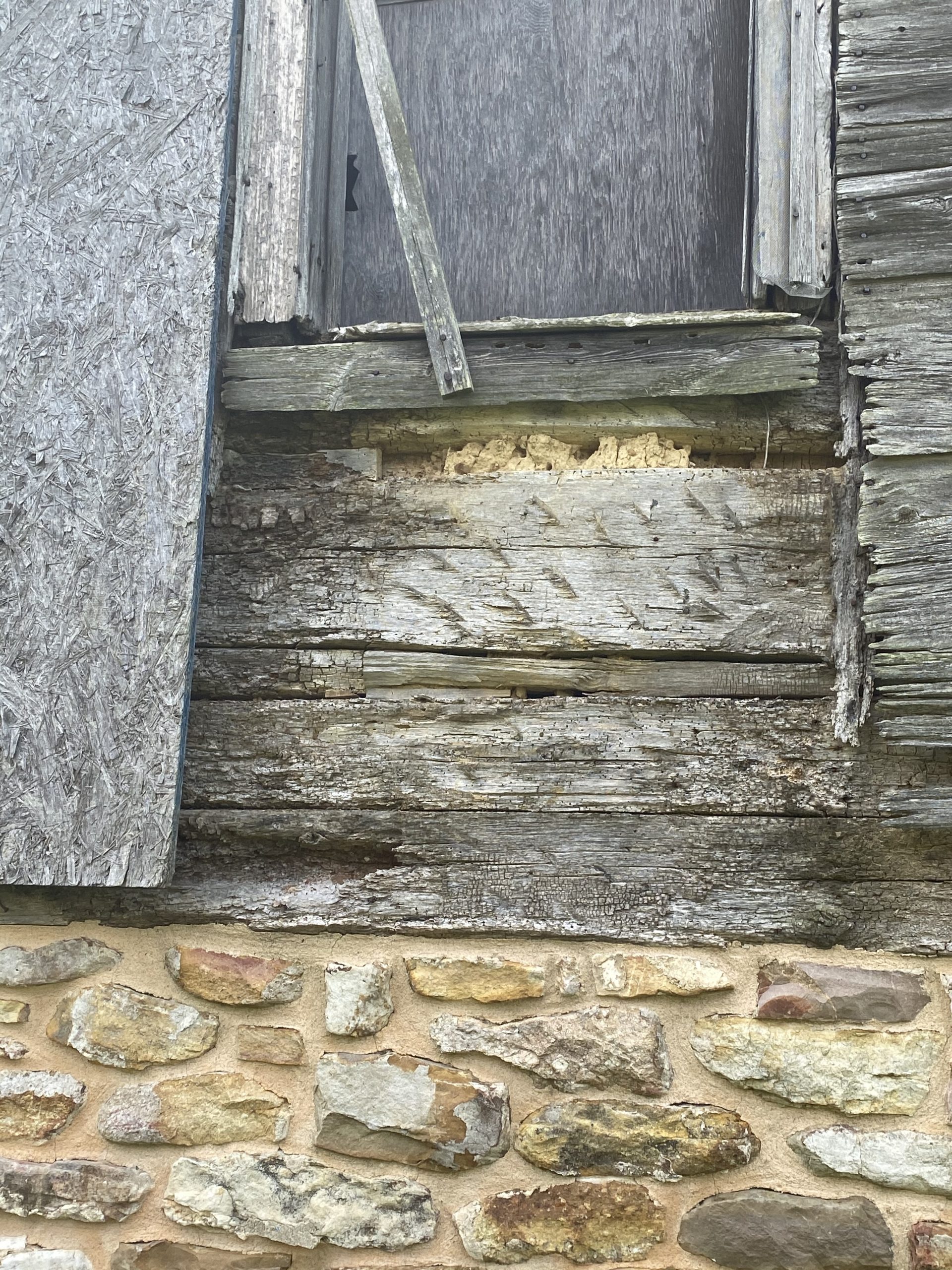Leaser served as a sergeant and drilled with the local Northampton County Militia, 6th Battalion, under Captain Matthias Probst. These men were neighbors and they knew each other quite well.
In fall 1777, Leaser drove his team of horses and wagon laden with its cargo of distilled apple spirits, also called applejack, to Philadelphia. As he finished the sale of his wares, he attempted to retrieve his horses and wagon. By that time, his team has been commandeered as plans were quickly developed to remove the Liberty Bell and other church and state house bells from the city. Realizing that the wagon train was to be moving northerly, Leaser volunteered to drive his own team.
At some point the wagon train broke down near Bethlehem, Pennsylvania, due to the tremendous weight of the Liberty Bell. The Bell was transferred to Leaser’s wagon which he proceeded to drive to Zion’s Church in Allentown, Pennsylvania. After the Bell was secured in the basement of the church, Leaser proceeded to his home just 25 miles away.
What should have been a two-week trip to sell applejack in Philadelphia turned into an almost four-week journey. Leaser’s family was relieved to know he had returned safely. For many years after, the wagon wheel — and eventually the iron band of the wheel itself — was the only tangible reminder of this part of history.
Frederick Leaser died in 1810 and was buried on his property along the base of Blue Mountain. Today, his gravesite lies in the middle of a field and is being maintained by the Liberty Bell Chapter, NSDAR. A nearby reservoir bears his name attesting to this man’s historical legacy.



